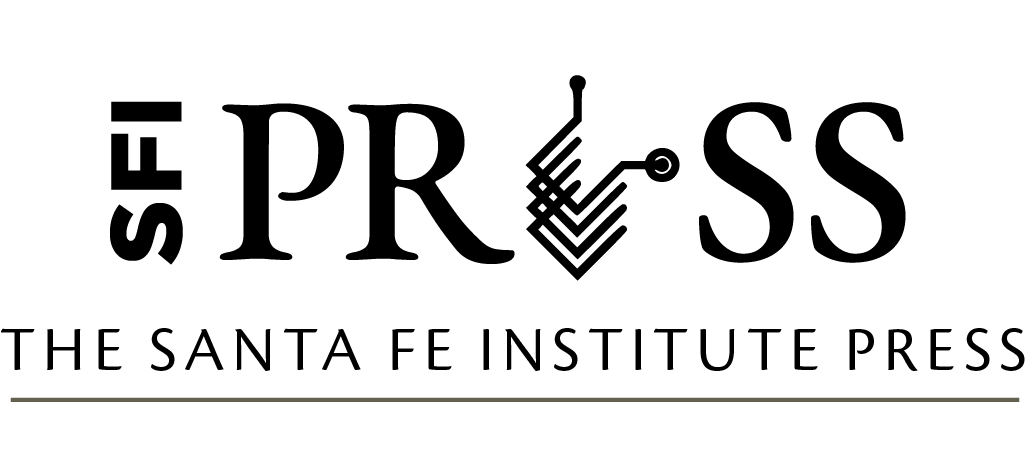Excerpt
The study of the structure and function of biomolecules connects biology, biochemistry, chemistry, and physics. I believe that major progress and a deep understanding of these complex systems will only be possible in a truly interdisciplinary collaboration. Of course, a chemist will look at proteins differently from a biologist, and a physicist’s interest may again be different. My own approach is best characterized by a dinner conversation. Some years ago I had the good fortune of joining Stan Ulam for dinner at that famous culinary pinnacle, the Los Alamos Inn. I described my work to Stan, who then remarked, “Aha, ask not what physics can do for biology, ask what biology can do for physics.” It may indeed be possible that biomolecules will yield results of interest to physics.
On the one hand, biomolecules are truly complex. As I will describe later, proteins have highly degenerate ground states. If we define complexity, κ, as the logarithm of the number of “components,” proteins have κ ≫ 1 (Palmer 1982). Thus, while the complexity is far smaller than that of the brain or of a sociological system, it is large enough to lead to nontrivial results. Moreover, in contrast to glasses and spin glasses (at least the experimental ones), proteins are tailor-made, all proteins of a given type from a given system have exactly the same number of constituents, and experimental work can be performed on very well-defined entities.
BACK TO Emerging Syntheses in Science
